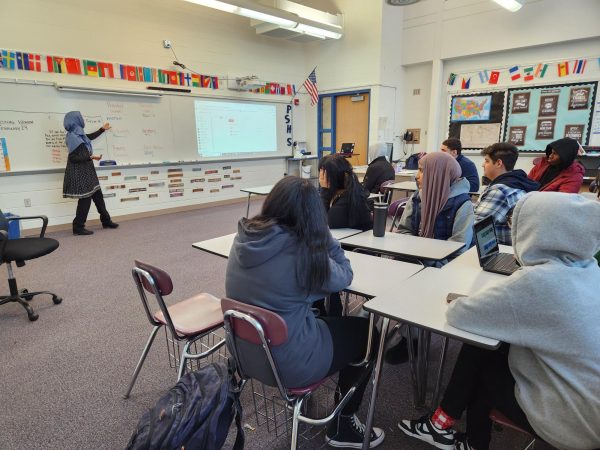South staff writer reviews Illinois Governor’s first two months in office debut
February 28, 2019
After winning 54.5% of the Illinois Gubernatorial vote during the 2018 midterms, J.B. Pritzker assumed the mantle of governorship on Jan. 15.
Pritzker’s ascension to power was not quiet. He threw various inaugural celebrations through Jan. 12 and Jan. 13. One included the inauguration bash, an event totally funded by Pritzker’s wallet and attended by democratic leaders across Illinois. However, according to ABC7Chicago, when asked to disclose the costs of the bash, Pritzker refused to answer.
On Jan. 14, he was sworn in as Governor. The next day he began to settle in the governor’s mansion.
Pritzker carries history in renovating the Governor’s mansion. The non-profit Illinois Governor’s Mansion Association received a donation of $250,000 from Pritzker in 2016. Further establishing his cause for a more suitable Governor’s mansion, he replaced old light bulbs on his first day.
Renovations did not only come to the Governor’s mansion. On his first day, Pritzker issued several executive orders. The first he signed aims to make all state agencies much more transparent to citizens. The second seeks to prevent state agencies from asking female job candidates for their past salaries to avoid low salaries for women. In the span of his first month, though, these are only a few of his executive orders.
Pritzker signed an executive order hoping to spare more help to immigrants, refugees, and asylum seekers through welcoming centers and provided information on helpful programs and opportunities.
Pritzker also signed an executive order requiring firearms dealers in Illinois to acquire state licenses. He is active when it comes to his job as governor, and the issues he has countered with executive orders are only a fraction of the burdens he has inherited as governor.
The state fiscal crisis, as an example, is a burden Pritzker inherited. According to Illinoispolicy’s website, an independent organization endorsing public liberty and prosperity, Illinois is $200 billion in debt. Pritzker, when describing the financial conflict in his report, blamed outgoing Governor Rauner as the cause of the state’s financial issues. Pritzker isn’t entirely wrong, as, according to Illinoispolicy, from the start to end of Governor Rauner’s term, $2 billion was added to the stack of debt.
According to ABC’S WSIL-TV, Pritzker claimed his first budget will put Illinois on a path toward fiscal responsibility but has yet to explain his plan.
The Illinois government’s lack of money requires more sources of revenue in order to pay off the debts. Pritzker plans on increasing taxes on unhealthy substances found in vape. The idea of taxation comes as Pritzker thinks about his way to legalize recreational marijuana.
Recreational marijuana promises to haul in great results for the Illinois economy. According to the Northwest Herald, revenue for Illinois under the plan is collected with a 10 percent excise tax on the retail or transportation of marijuana from the place it’s grown and the store it goes to. Half the money is handed to the government. Great demand for the substance is present.
Another factor in the burdens of the governorship is addressing the justice system of Illinois. Pritzker has called it broken, and unveiled the Justice, Equity and Opportunity Initiative. The initiative is designed to deal with criminal sentencing, education, and poverty by decreasing recidivism rate and re-entry.
Pritzker’s plans for the near future includes raising the min. wage to $15. In his explanation of what he desires, Pritzker claims small businesses are not exempt from the proposed policy.
Prior to Pritzker, former Governor Rauner didn’t accept the $177-K salary a governor of Illinois makes, and Pritzker echoed the same message. Although the refusal of salary helps the Illinois taxpayers, it’s only a fragment of the aid required to save the state from collapsing due to unpaid debts.


